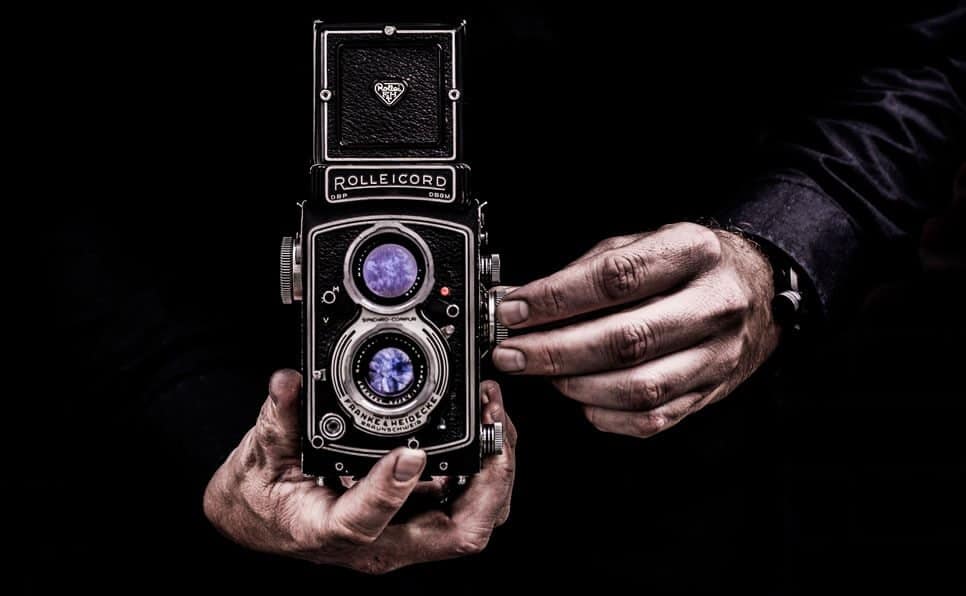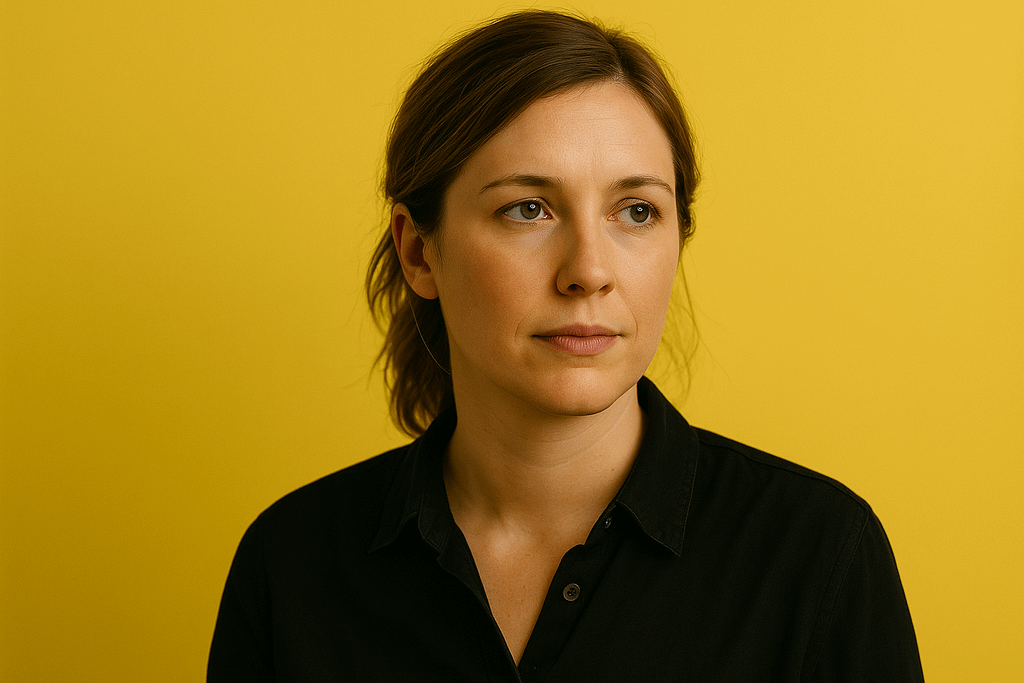Color correction has become one of the most vital steps in modern visual storytelling. Whether it’s film, photography, or digital content, the way colors are adjusted can completely transform the mood, message, and emotional impact of an image. In this first part of the series, acclaimed artist Fawn Sebastian shares her insights into the delicate craft of color correction and why it continues to shape the creative industry.
Why Color Correction Matters
Color is more than just a visual element—it tells a story. A warm tone can create feelings of nostalgia and intimacy, while cooler shades may bring out distance or melancholy. According to Fawn Sebastian, every adjustment has to serve the narrative. For her, the process is not only technical but deeply artistic.
The Balance Between Technical Skill and Creativity
Fawn emphasizes that color correction isn’t simply about applying filters or presets. It’s about understanding the natural interplay of light and color. Professionals in the field often spend hours balancing brightness, contrast, and saturation to ensure harmony. This balance helps a project stand out without losing its authenticity.
Tools of the Trade
From advanced editing software to calibrated monitors, the tools used in color correction play a major role in achieving professional results. Sebastian points out that technology makes the job easier, but the real art lies in the human eye and creative decision-making.
Looking Ahead
In this first installment, Fawn Sebastian sets the stage for a deeper exploration of how color can enhance storytelling. In the next part, she will dive into advanced techniques that separate beginners from seasoned professionals.



